Chenghua Mark and Period Blue-and-White at the Museum of Oriental Ceramics, Osaka
Blue-and-White Bowl with Melon Design, Ming Dynasty, Chenghua Mark and Period, (1465-1487), d.15.5cm. Acc. No. 10682. Gift of SUMITOMO Group, the ATAKA Collection. The Museum of Oriental Ceramics, Osaka. © 2009 The Museum of Oriental Ceramics, Osaka.
There are few large blue-and-white wares from the Chenghua period, and vessels such as jars are also rare. The best known vessel type from this period is a bowl like this piece, known as the "palace bowl" in the West for its lovely form. Some bowls are decorated on the inside and outside, and others only on the outside. This bowl is unpainted on the inside and decorated on the outside with a oriental melon design. The brushwork is soft and delicate, and demonstrates the refinement of imperial Chenghua ware.
Blue-and-White Bowl with Hollyhock Design, Ming Dynasty, Chenghua Mark and Period, (1465-1487), d.14.6cm. Gift of SUMITOMO Group, the ATAKA Collection. Acc. No. 10786. The Museum of Oriental Ceramics, Osaka. © 2009 The Museum of Oriental Ceramics, Osaka.
The blue-and-white ware that developed in the Yuan dynasty reached its peak in the early Ming Yongle and Xuande periods. In contrast to the rhythmic and dynamic expression of blue-and-white ware in its golden age, Chenghua pieces show a softer, delicate feel. The clay is more refined, and the slightly cream-colored tone softens the white porcelain skin. The drawing lines of design are graceful, and the blue color is lighter. This kind of blue-and-white ware with refined grace is not known to have existed before the Chenghua period, and this bowl is one of the best examples to represent this era.
Blue-and-White Dish with Paired Phoenixes Design, Ming Dynasty, Chenghua Mark and Period, (1465-1487), d.18.6cm. Gift of SUMITOMO Group, the ATAKA Collection. Acc. No. 10856. The Museum of Oriental Ceramics, Osaka. © 2009 The Museum of Oriental Ceramics, Osaka.
This dish features two pairs of phoenixes, on the inside in the center and on the outside. The surrounding white area is filled in with a baox-iang-hua floral pattern. The clay is fine, the glaze has melted smoothly, the decoration is delicate, and the cobalt is light and refined, with no irregularities or blurring. There are few extant examples of porcelain from the Chenghua official kilns; only about 150 pieces exist in the world, including both blue-and-white and overglaze enamel decorated ware. In 1987, in the Jingdezhen remains of the warehouse for imperial ware, a layer from the Chenghua period was discovered, and a large number of porcelain shards was unearthed. Investigation of these shards revealed that they were broken after firing, indicating that they were discarded after failing to pass the inspection for quality. Counting only the foot rims unearthed, there were over 10,000 pieces, giving us an idea of the strict quality control practiced at official kilns. This dish, therefore, in one of the high quality piecer which passed a rigorous selection process.

/https%3A%2F%2Fprofilepics.canalblog.com%2Fprofilepics%2F1%2F0%2F100183.jpg)
/https%3A%2F%2Fstorage.canalblog.com%2F03%2F02%2F119589%2F96711876_o.jpg)
/https%3A%2F%2Fstorage.canalblog.com%2F11%2F31%2F119589%2F94773502_o.jpg)
/https%3A%2F%2Fstorage.canalblog.com%2F20%2F83%2F119589%2F94772815_o.jpg)
/https%3A%2F%2Fstorage.canalblog.com%2F26%2F72%2F119589%2F75604929_o.jpg)
/https%3A%2F%2Fstorage.canalblog.com%2F59%2F60%2F119589%2F26458628_o.jpg)
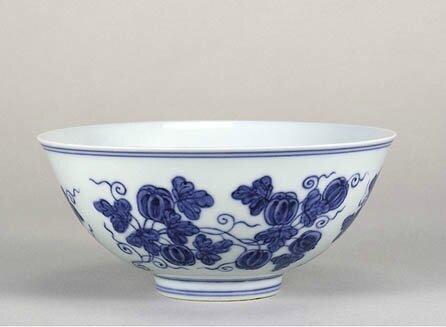
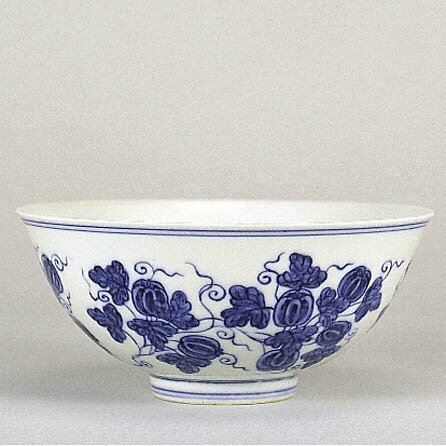

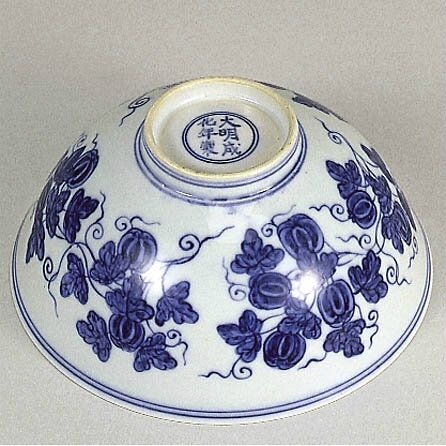
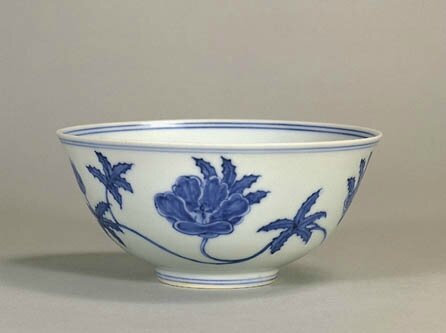
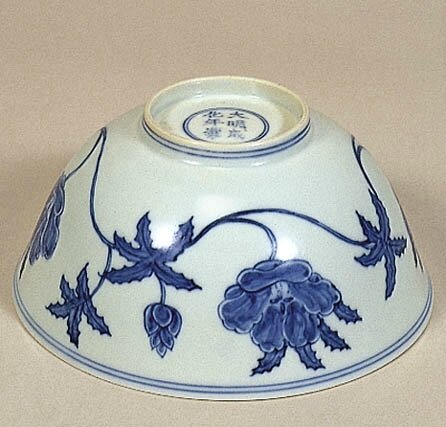


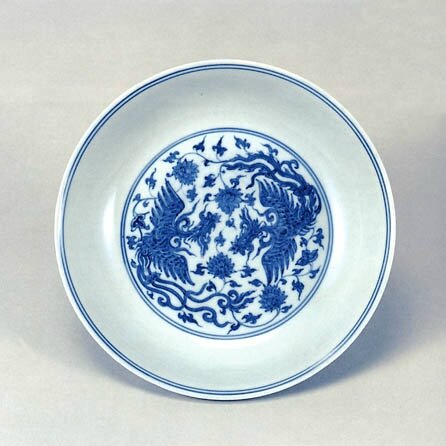
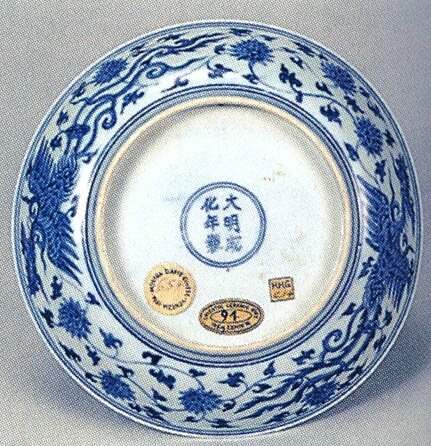

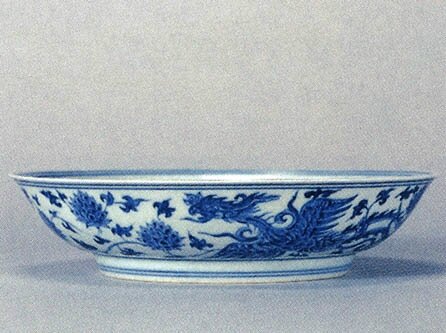


/image%2F1371349%2F20240426%2Fob_9bd94f_440340918-1658263111610368-58180761217.jpg)
/image%2F1371349%2F20240426%2Fob_844371_440162278-1658267648276581-39734064969.jpg)
/image%2F1371349%2F20240425%2Fob_78c699_440320998-1657454638357882-17494889713.jpg)
/image%2F1371349%2F20240421%2Fob_1dddd2_438878301-1654314112005268-81048289869.jpg)